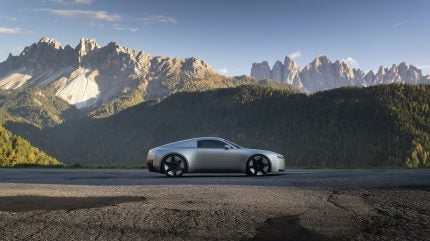
VW Group future models 2025-2035: part 1
This first of two features looking at future Volkswagen Group models examines selected next generation VW and Audi vehicles.

This first of two features looking at future Volkswagen Group models examines selected next generation VW and Audi vehicles.
